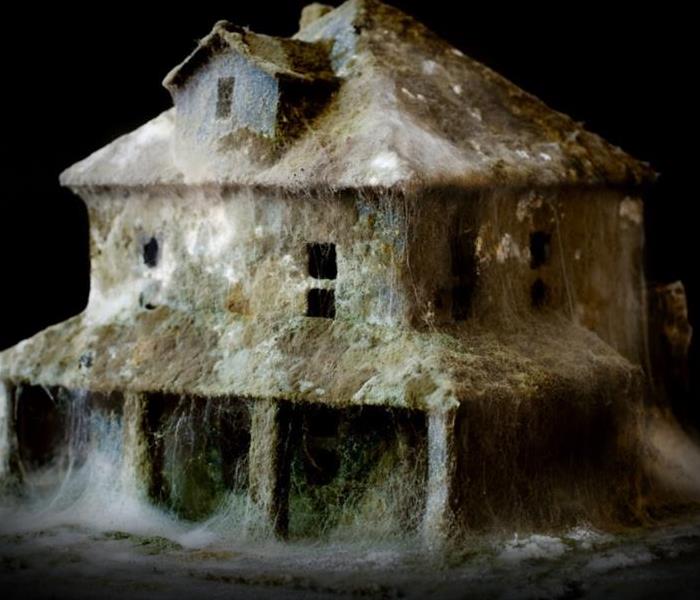Understanding Mold
9/6/2016 (Permalink)
Mold can be found almost anywhere; they can grow on virtually any organic substance, as long as moisture and oxygen is present. There are molds that can grow on wood, paper carpet, foods and insulation. Mold reproduces by making spores that usually cannot be seen without magnification. Mold spore waft through the indoor and outdoor air continually. When mold spores land on a damp spot indoors, they may begin growing and digesting whatever they are growing on in order to survive. Molds gradually destroy the things they grow on. Bacteria can start to grow within hours and mold can start to grow within days. Mold spores can lay dormant for years until an ideal growing condition develops in which they start to flourish. Especially during the summer, the warm humid conditions are a perfect microenvironment for mold growth. When excessive moisture accumulates in buildings or on building materials, mold growth with often occur- particularly if the moisture problem remains undiscovered or unaddressed. It is impossible to eliminate all molds and mold spores in an indoor environment. However, mold growth can be controlled indoors by controlling the moisture. Many types of mold exist. All molds have the potential to cause serious health effects. Most can produce allergens that can trigger allergic reactions or even asthma attacks in people allergic to it. Others are known to produce potent toxins and/or irritants. Potential health concerns are an important reason to prevent mold growth and to remediate and clean any existing mold growth indoors. The purpose of mold remediation is to remove them old to prevent human exposure and damage to building materials and furnishings. It is necessary to clean up mold contamination, not just kill it. Dead mold is still allergenic, and some dead molds are still potentially toxic! Applying the appropriate restoration procedures within the first few hours of a water loss can save thousands of dollars in secondary damage. Before the growth of mold becomes visible, there will be a faint musty or earthy smell. In time, mold will appear on the outside of the wall as a stain or discoloration. In a standard situation, our SERVPRO team would examine the structure for any visible signs of mold nod remove the mold growth and excess spore returning the area back to normal levels. At SERVPRO we use a third party mold testing company if mold is not visible.



 24/7 Emergency Service
24/7 Emergency Service
